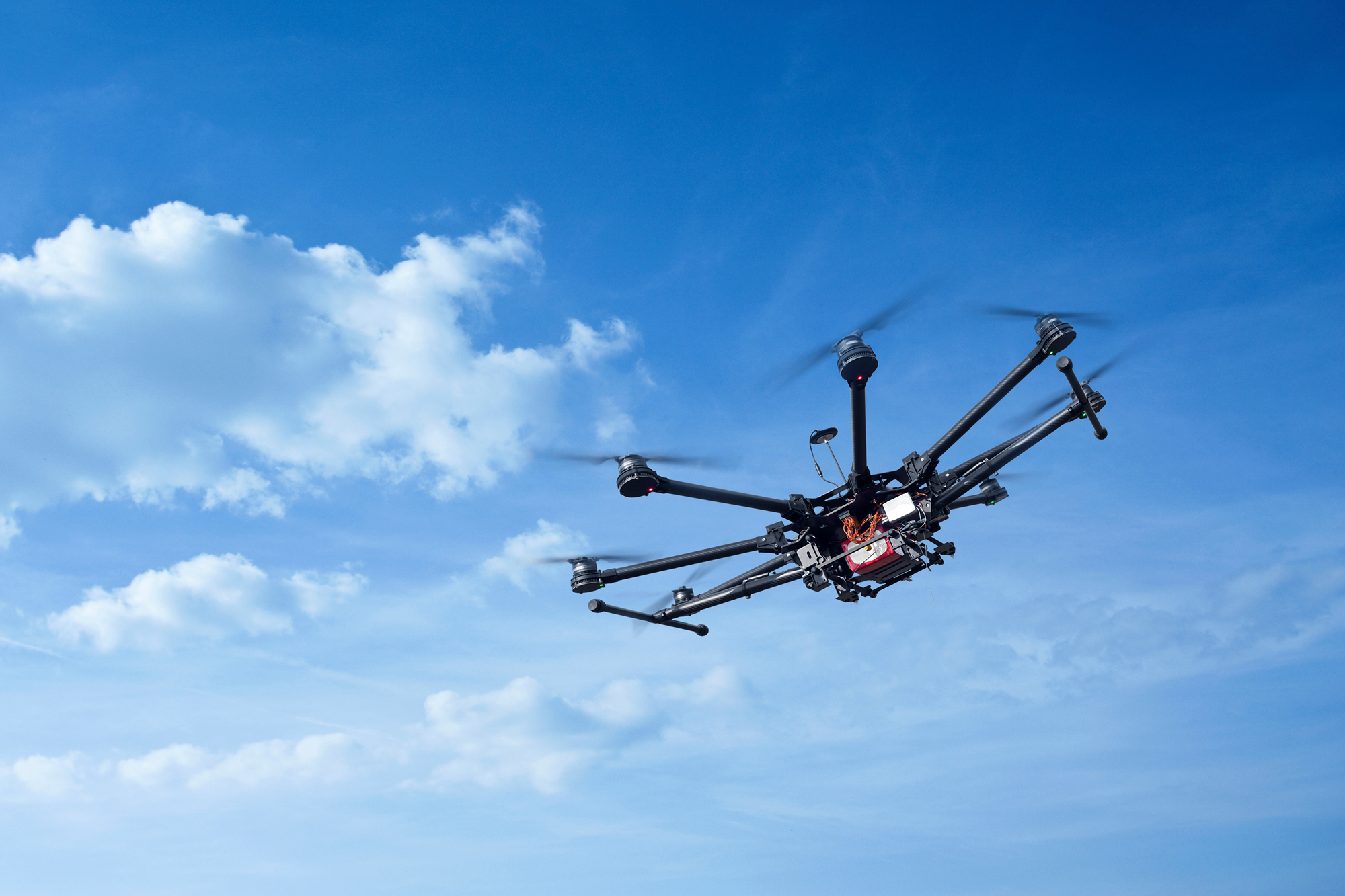Aug. 25, 2015
The FAA hopes to send “a clear message” about the dangers of operating small, unmanned aircraft systems (s-UAS) near manned aircraft by releasing a searchable database of the more than 700 reported close calls with s-UAS.

Stating that the numbers of illegal and potentially dangerous s-UAS encounters reported by citizens – predominantly by pilots – have “increased dramatically,” the agency hopes the list will strike a chord with UAS operators who may not be aware of the safety ramifications of operating UAS in the vicinity of manned aircraft.
“Unauthorized operators may be subject to stiff fines and criminal charges, including possible jail time,” the FAA added.
Doug Carr, NBAA’s vice president for regulatory and international affairs, said the sharp increase in pilots reporting close calls with s-UAS is in line with the greater availability of such systems to non-commercial operators.
“It seems clear that most – if not all – of these reported encounters were with s-UAS being flown by recreational users, versus commercial UAS pilots operating under clear and concise restrictions with prior approval from the agency,” Carr noted. “The FAA must continue to reinforce that s-UAS operations absolutely cannot interfere with manned aircraft operations.”
Carr further emphasized the need for the FAA to implement sensible requirements governing unmanned aircraft operations, including clear guidance on where UAS may and may not be flown.
“In our response to the draft notice of proposed rulemaking (NPRM) issued earlier this year, NBAA encouraged the FAA to adopt a maximum s-UAS operating altitude restriction of 400 feet above ground level,” he said. “We also stated that s-UAS should not operate in the vicinity of airports, or other areas near manned aircraft, without coordination between the s-UAS operator and the governing air traffic control authority.”
Read NBAA’s response to the FAA’s draft s-UAS NPRM. (PDF)
Carr also stressed NBAA’s longstanding belief that any regulatory framework governing the use of s-UAS be thoughtful, deliberative, and focused on the safety of manned aircraft. NBAA personnel have been involved in UAS working groups through RTCA since 2006.
“First and foremost, at no time should UAS share the same airspace with manned aircraft until they have appropriate certification, airworthiness and training standards as manned aircraft,” he said.


 International Business Aviation Council Ltd.
International Business Aviation Council Ltd.